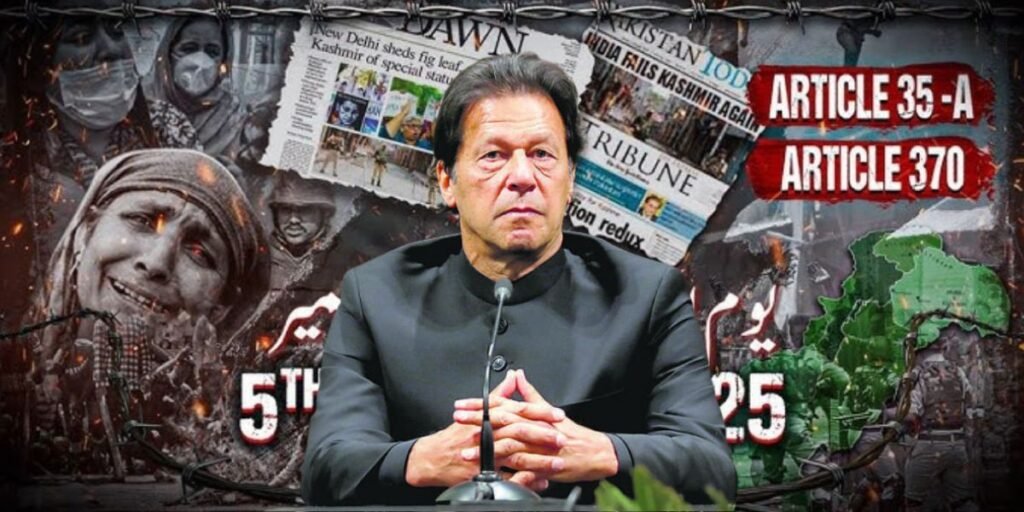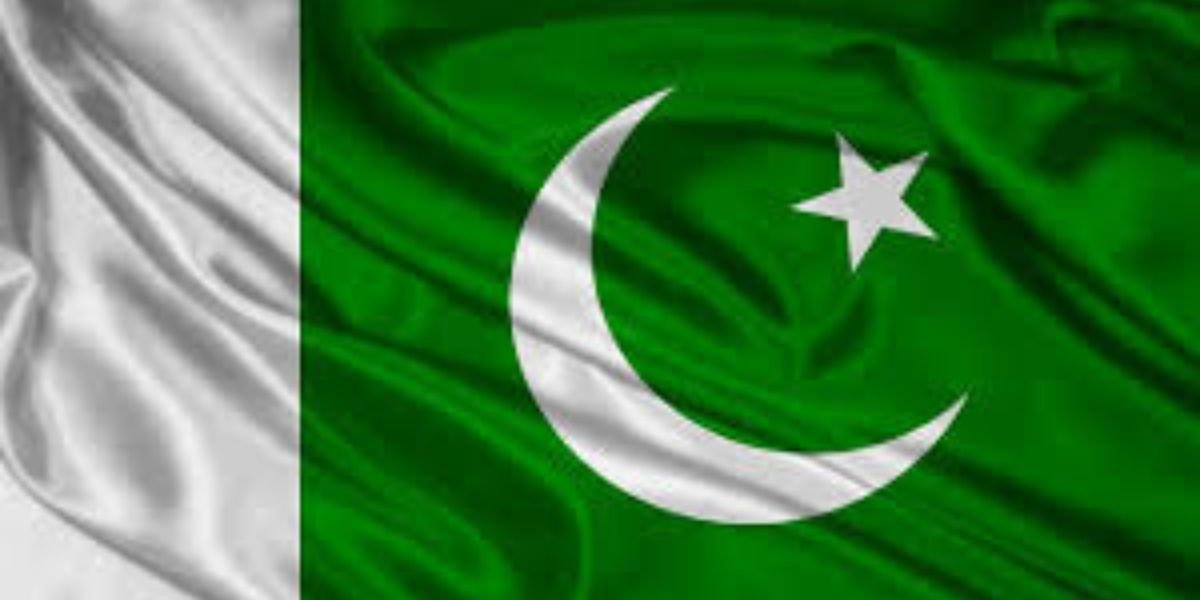Muhammad Iqbal
Webdesk: Today marks another sombre anniversary of the events of August 5, 2019, when the Indian government unilaterally abrogated Articles 370 and 35-A of its Constitution, effectively stripping Jammu and Kashmir of its autonomous status.
It was a move that not only altered the region’s legal and demographic structure but also trampled upon the very foundations of the 1972 Simla Accord, a bilateral commitment between India and Pakistan to resolve disputes peacefully, and without third-party interference.
The Simla Accord, signed in the aftermath of the 1971 war, was hailed as a diplomatic milestone. It emphasised dialogue, mutual respect for sovereignty, and the sanctity of the Line of Control (LOC).
It enshrined a pledge to settle the Kashmir issue through bilateral negotiations. It also pledged to restore full diplomatic, trade, and people-to-people ties and avoid the use of force.
Yet, India’s 2019 constitutional manoeuvre, carried out under the watch of Prime Minister Narendra Modi’s Bharatiya Janata Party, has rendered that accord obsolete in both letter and spirit.
However, India’s move on August 5, 2019, to revoke Articles 370 and 35-A, stripping Indian-administered Jammu and Kashmir of its special constitutional status, was a blatant violation of the Simla Accord.
The Modi government’s unilateral action not only contradicted the spirit of bilateralism enshrined in the accord but effectively rendered it void.
On the other side, Pakistan’s response, led by then Prime Minister Imran Khan, was widely viewed as weak and ineffective, failing to mount any meaningful international diplomatic pressure or proactive deterrence.
Imran Khan’s government adopted a firm tone in its statements, but there was no evidence of a pre-emptive diplomatic strategy.
Although the issue was raised at the United Nations, the Organisation of Islamic Cooperation (OIC), and other international forums, Pakistan failed to secure any concrete outcomes, no resolutions, no sanctions on India, and no tangible diplomatic pressure.The global community remained silent or neutral.
It also became apparent that Imran Khan’s administration failed to prepare a coherent response or pursue international legal avenues, such as taking the matter to the International Court of Justice under relevant UN resolutions. Despite prior knowledge of India’s intentions, the government made no serious effort to engage Kashmiri leadership or rally global attention before the constitutional move.
Statements like “all options are on the table” raised public expectations in Pakistan, but failed to deliver any diplomatic, military, or economic success.
Consequently, disillusionment grew among Kashmiris on both sides of the LoC, and India was effectively granted a free hand to cement its control over the region.
India’s abrogation of Article 370 dismantled Jammu and Kashmir’s semi-autonomous status, bifurcating the region into two Union Territories, “Jammu & Kashmir” and “Ladakh”, placed directly under New Delhi’s control.
In a bid to alter the region’s demographic composition, India issued over 83,000 domicile certificates to non-Kashmiris, allowing them to purchase land and apply for government jobs.
Kashmiri Muslims view this as a manifestation of the Hindutva agenda, aimed at diluting the region’s Muslim-majority identity.
Following the revocation, India imposed a sweeping communication blackout, suspending internet, mobile, and landline services.
Thousands of additional troops were deployed, and local political leaders were detained. Under Prime Minister Narendra Modi, reports of human rights violations, torture, enforced disappearances, and custodial deaths increased sharply.
Over 300,000 troops began patrolling urban areas. Curfews, search operations, and protest bans turned the region into a virtual military garrison.
India framed these actions as internal matters linked to national sovereignty and security, seeking to mislead the international community.
However, these steps were clear violations not only of UN Security Council resolutions but also of bilateral commitments such as the Shimla Accord.
Although a few international organisations and human rights groups condemned the crackdown, the global response remained muted.
Pakistan’s weak internal cohesion, flawed diplomacy, and lacklustre leadership allowed India to rebrand itself globally as a major economic player and strategic partner.
Going forward, it is imperative for Pakistan’s current government to adopt a long-term, coordinated diplomatic strategy to reinvigorate the Kashmir issue on the global stage.
Following the diplomatic failure of India’s Operation “Sindoor”, Pakistan must capitalise on India’s growing isolation and strengthen its ties with global powers such as the US, China, Russia, and the European Union.
Pakistan should call for the appointment of a UN special envoy on Kashmir and seek to create multilateral diplomatic pressure on India.
Bringing together the leadership of Azad Jammu & Kashmir and Indian-occupied Kashmir on a common diplomatic front would enhance Pakistan’s case.
International media and human rights organisations must be engaged to expose the ground realities. Where feasible, legal recourse should be pursued in international courts.
Since August 5, 2019, India has redrawn the political, social, and legal landscape of Kashmir. The Simla Accord’s fundamental principles, dialogue, non-intervention, and restraint, have been systematically eroded.
Pakistan must now reassess its diplomatic approach, rally international opinion, and stand resolutely with the Kashmiri people in their struggle for self-determination. Only a just, peaceful, and Kashmiri-led resolution to the conflict can ensure lasting peace in the region.
Read more: Youm-e-Istehsal: President, PM, Armed Forces reaffirm unwavering support for IIOJK





